brunaidhboy
42 posts
brù, he/they, 20new to magic & trying to reconnect to scottish polytheism & reconstructionismthis is a side blog
Don't wanna be here? Send us removal request.
Photo
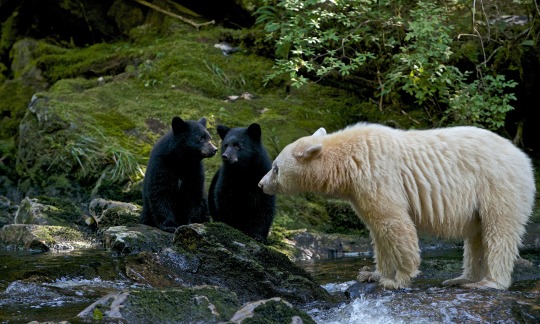
A mother Kermode Bear with her two black cubs. Sometimes called Spirit Bears, this subspecies is incredibly rare (only about 150 exist). They are not albinos, but get the creamy coloured fur from a recessive gene.
21K notes
·
View notes
Text
Whenever I see an Ivan Aivazovski painting the sea monster in me goes absolutely feral
191K notes
·
View notes
Text
Getting Started: An Introduction to Prayer
Praying to Na Déithe is Aindéithe (the Gods and Not-gods) is the foundation of any Gaelic Polytheist practice. Study is important - whether of the written lore, the living culture, or the archaeological record. But on an every day level, prayer is the most basic practice of Gaelic Polytheism.
Most people (particularly coming from a Western monotheist background) have a particular idea of what prayer is: kneeling, hands clasped, eyes closed, head bowed. Sometimes this image includes reciting a prayer from memory, in a particularly deferential or reverent manner.
And if that’s what you want it to be, it can be that. But it doesn’t have to be. Prayer can be screaming at a storm as it rolls overhead. Prayer can be a whisper on a walk through the woods. Prayer can be conversationally updating a deceased relative about the latest family news. Prayer is any way that you choose to communicate to the Gods, Dead, and Sídhe. The important thing to remember is this: Na Déithe is Aindéithe can hear us, and they can and will respond.
Even if you are not fully familiar with the Gods of Gaelic Polytheism yet, every one of us has family or heroes that have passed on, and is surrounded by the spirits of the world around them. The Dead and the Sídhe are just as valid as subjects of prayer as the Gods, and are often more accessible to beginners.
With that introduction, what might prayer look like? What might you say?
Many older Gaelic Polytheists have insisted that newcomers start with historical prayers (perhaps from Alexander Carmichael’s Carmina Gadelica) to get a feel for the rhythms, themes, and imagery of traditional Gaelic prayers. That can be a useful practice – doing so builds a strong connection to the past, and it can be a particular pleasure to compose a poetic prayer in a traditional style. Indeed, poetry was important to the pre-Christian Gaels, as evidenced in the Lore. But to hold everyone to that standard means that many of us will not begin (or continue) to pray.
Instead, to start, simply pray from the heart. If you feel called to it, you can work to build the rhythms, themes, and imagery of traditional prayers into your own later. If you need it, try this formula:
Begin your prayers by addressing the being you are praying to. Get the being’s attention – compliment them, express affection if it’s there.
Tell them why you’re praying to them. Are you giving them praise or adoration? Are you giving them a physical offering? Are you asking for something? Are you thanking them for something they’ve done for you? Are you apologizing for something?
When you’ve said what you wanted to say, clearly let them know that you are finished. You might thank them (though many caution never to thank the Sídhe), wish them good health (Sláinte Mhaith) or you can simply imply finality through your inflection.
That’s it! It doesn’t take much, and can easily be expanded on with continued practice and study. As you say your prayers, make sure you are open for responses - in whatever form they may take. Responses from Na Déithe is Aindéithe may be blatant & obvious, jumping out and grabbing your attention; or they may be subtle, sneaking up on you over a long period of time. They might happen as you are praying, or they might happen well after you are done. Don’t be discouraged if you don’t get anything right away – keep practicing, and your prayers (and ability to discern responses to them) will improve.
328 notes
·
View notes
Photo

Halibut (with Octopus in its Belly)
Richard Shorty
309 notes
·
View notes
Text
think i might try to add sigils into my practice. have always been interested in them, and i love the idea of leaving a tangible mark of thanks or prayer somewhere as an offering and a request at the same time
1 note
·
View note
Text
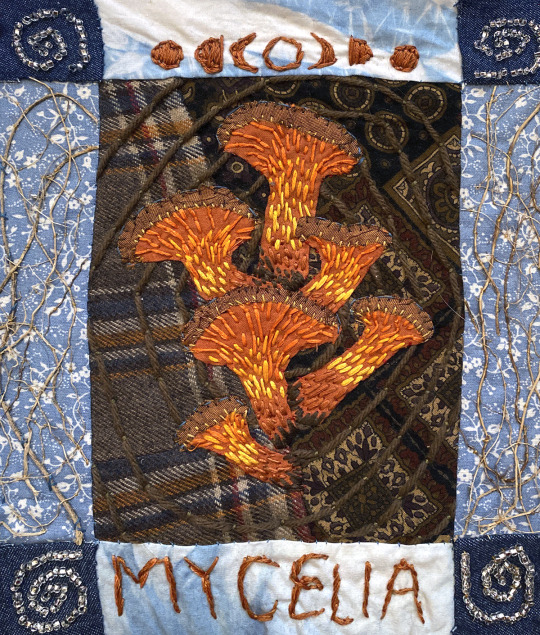
MYCELIA - CARD ZERO
as card 0 of my oracle deck, MYCELIA holds ancient knowledge, learnt from millennias of experience. Rooting around in primordial dirt, MYCELIA is the cycle connecting life to death to life again. As both the beginning and the end of the circle, the place where two meet and become one, MYCELIA holds a multiplicity within and around itself. This card urges you towards connection, spiral-ity, the cycles of life, and to tap into the ebb and flow of energy all around you. This card serves as your reminder to acknowledge all you have done to get to where you are today. MYCELIA knows the journey was and continues to be hard. Despite this, MYCELIA knows you have the power within and around you to keep growing, exploring, and connecting.
264 notes
·
View notes
Photo
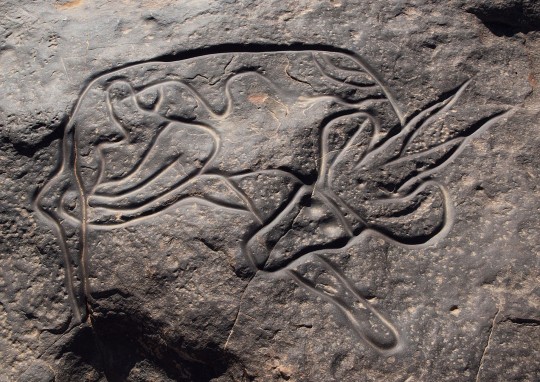
Beautifully-observed & realistic figure of a sleeping Antelope incised on rock up to 10,000 years ago at Tin Taghirt, Tassili n'Ajjer in Algeria, one of the largest & most important groupings of prehistoric cave art in the world.
ph: Linus Wolf
32K notes
·
View notes
Text


came across a den in the park encircled by fallen trees, and a while later something which i’m convinced is the sleeping form of an old god. said a quick thank you for the health of the park - how do you address local spirits & land fairies?
#land spirits#water spirits#spirit work#fairies#old gods#celtic pagan#img#think sometimes i am too overly concerned w Names and Naming in order to address spirits#which has the converse effect of leading me to avoid speaking to them at all#but that’s not a good way to build a relationship even if i don’t know how to address them at first!#bruidhinn
2 notes
·
View notes
Text
A universe in motion seen from the International Space Station during a night pass over Earth.
(@ wonderofscience on Twitter)
Timelapse created from images courtesy of the Earth Science and Remote Sensing Unit, NASA Johnson Space Center(ISS061-E-110520-111341 eol.jsc.nasa.gov).
24K notes
·
View notes
Photo

Storms near Ullapool on the northwest coast of Scotland
by Gary McIntyre


132 notes
·
View notes
Photo
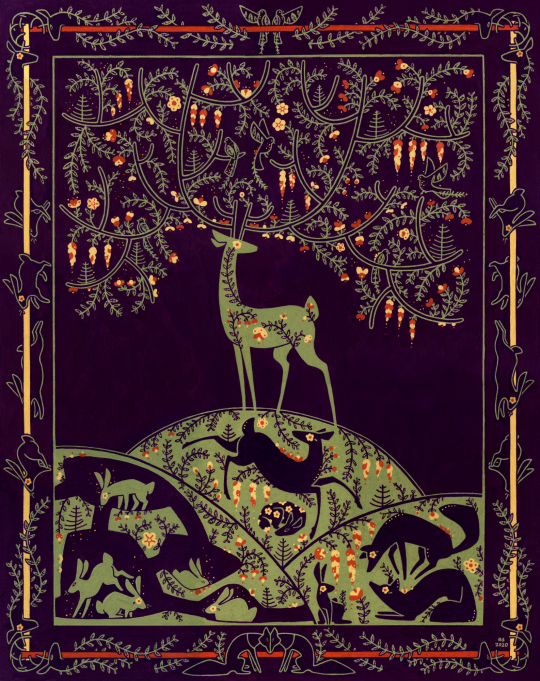
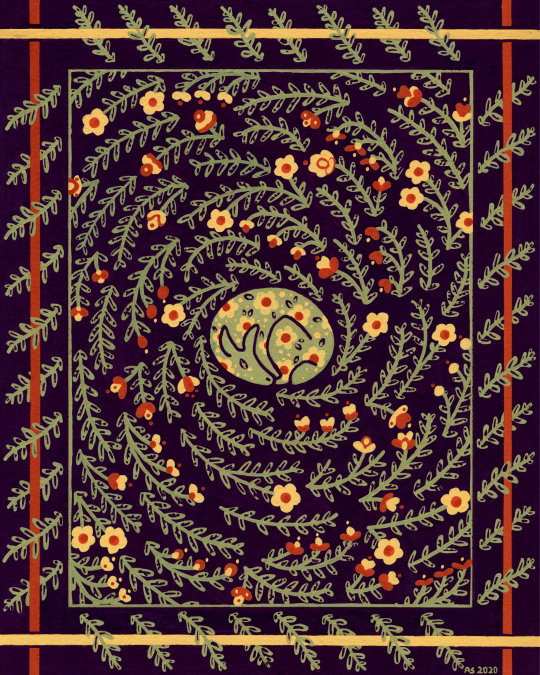
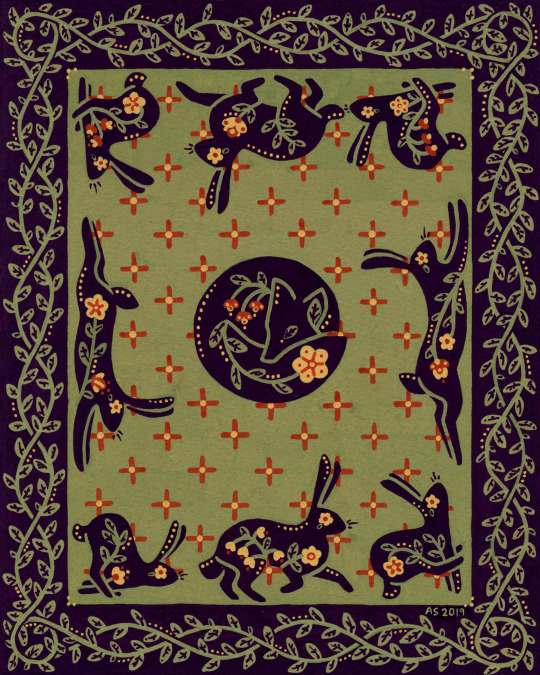
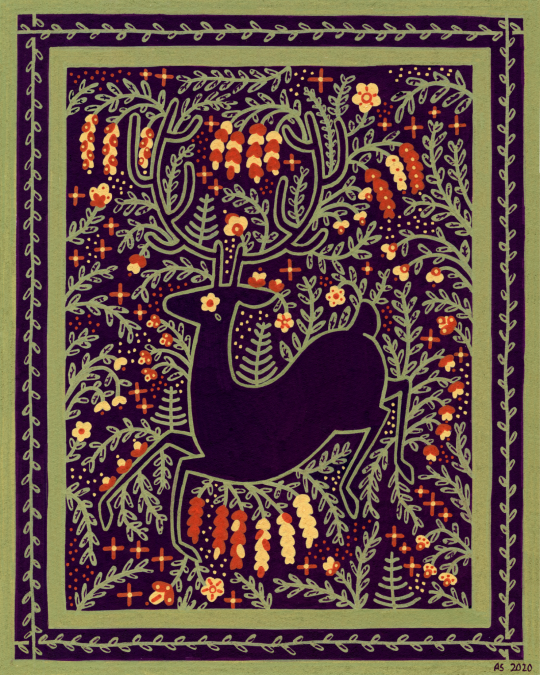
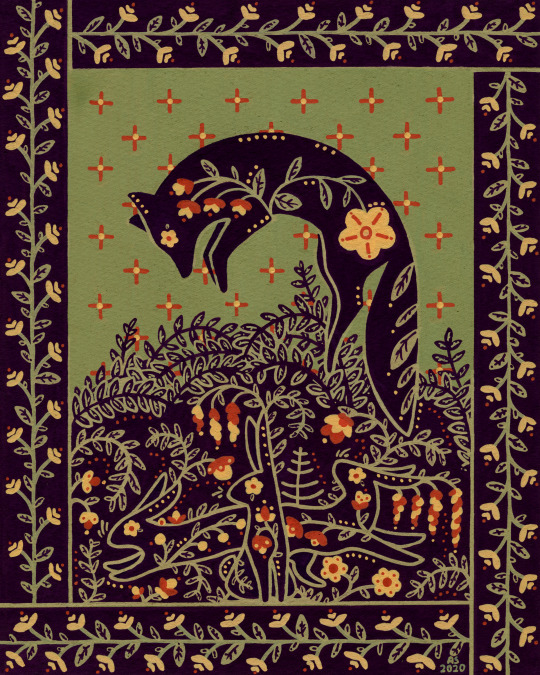
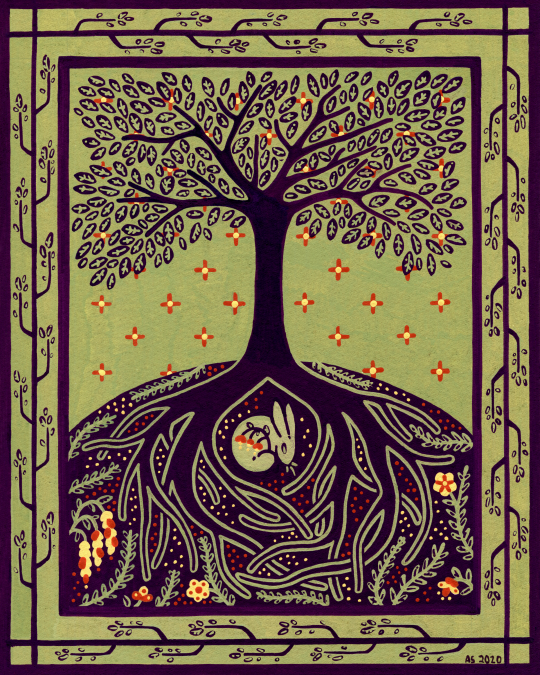
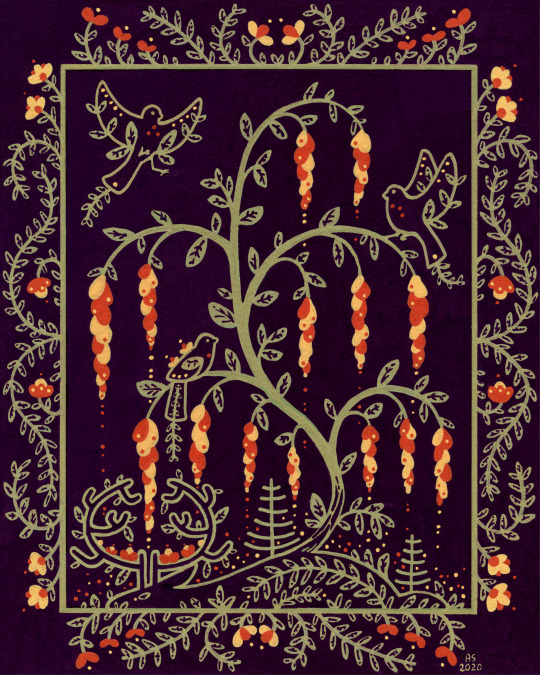
there is a hart in forest and he holds the world in his crown
44K notes
·
View notes
Photo
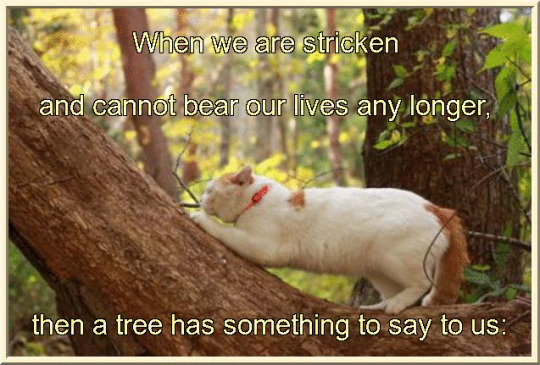

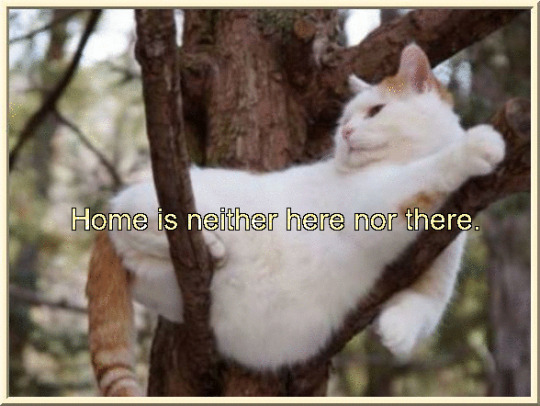
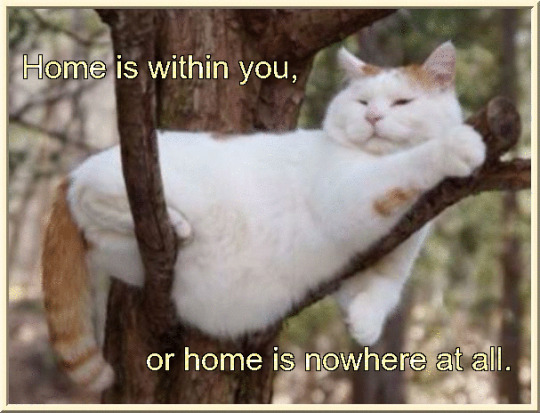
Hermann Hesse, Wandering: Notes and Sketches (1920)
42K notes
·
View notes
Text
« Like the archangels in Milton’s Paradise Lost, Manannán’s mode of knowing is that of an unfallen being. Both effortless and instantaneous, it is capaciously illuminating without need of deductive reasoning. What the clerical scholar struggles to approach, Manannán can do by nature. The sea-god’s knowledge is intellectus as apocalypsis, understanding of hidden realities. [It] provides an image of spiritual nourishment derived from a profound shift in attention. (...) It is difficult, after all, to imagine what an unfallen mode of knowing might look like. (...) This (...) deep, eschatological knowing, or noesis (...) must be approached through the language of paradox, because, as fallen beings, we cannot access it directly. Its metaphors and images elude the mind’s representational capacity, and so ‘self-destruct’. This is one way to read Manannán’s lyrical double vision : how can the sea be land ? How can one thing be two, or two things be one ? (...) In Irish, it was known as imbas for osna - the ‘encircling knowledge which illuminates’. »
Mark Williams, « Earthly Gods », in. Ireland’s Immortals. A History of the Gods of Irish Myth.
67 notes
·
View notes
Text
Fuck it here’s some Manannan lore to curb my fury at this pseudo servant bullshit so!
Manannan is, of course, one of the most well-known and popular Irish Deities, chiefly known as being a great Merchant, Sailor and a God of the Sea (and occasionally described as a Fomorian). He owned swine that could be resurrected when killed, and those who ate of their flesh would be granted immortality
The Isle of Man was the throne of Manannan, his stronghold was on the top of Barrule, and he held his court from Manannan’s Chair at Cronk y Voddy
In Irish mythology, Manannan was killed in battle by Uillenn Faebarderg in the battle of Magh Cuilenn and is said to be buried in the Tonn Banks, off the coast of Donegall. Many shipwrecks have occured there and the spirit of Manannan is supposed to ride on the storm. The Tonns form one part of a triad known as “The Three Waves of Erin”
He’s associated with Alder, Hawthorn, Ragwort, Burdock, The Crane, Horses, Pigs, Salmon, the Triskelion and The Triton
On Misummer Eve, the Manx would bring a tribute of rushes to South Barrule for him!
He is further identified with several trickster figures: the Gilla Decair and the Bodach an Chóta Lachtna (“the churl in the drab coat”). Manannán is given several names, bynames, epithets and surnames. His name is spelt Manandán in Old Irish, Manannán in modern Irish and Scottish Gaelic, and Mannan in Manx Gaelic. Some of the names equated with Manannan include: Oirbsiu or Oirbsen, Duartaine O'Duartaine, Cathal O'Cein (Cathal is derived from battle and means “great warrior”), Gilla de (“Boyservant”) and Gilla Decair (“Troublesome boyservant”)
His most common epithets reinforce his connection with war and the sea:
Mac Lir, which means “son of the sea” or “son of Lir/Lyr”
Mac Alloit or Mac Alloid, which means “son of the soil or land” (effectively making him a son of sea and land)
chief of your [Tuatha De] kings
senior of your [Tuatha De] hosts
lord of champions
shining light of your batallions
tutor in valor, in feats of arms, in magic
foster son of the Dagda
the great and mighty
Afficher davantage
136 notes
·
View notes
Note
what exactly is a nurse log?
Nurse Boles:
On the Magic of Decaying Trees

A Nurse Log is a fallen tree which, as it’s left to decay, provides a rich environment for the facilitation of new ecological growth. These logs often support a wide variety of synergistic flora, making them an important, if often overlooked, variable within the larger tapestry of forest ecology. Not only do they provide a growth medium for a variety of lifeforms—such as seedlings, ferns, bryophytes, and mycorrhizae—they also provide new growth with moisture, moderated access to sunlight, a degree of protection from pathogens.
In the same vein, a Nurse Stump is a tree stump which, when left to decay, provides a similarly rich environment for new growth. As they rot, the tops of these stumps become fertile habitats for the sustainment of new shrubs and trees which, in turn, supplant their hosts with time.
Each of these are extremely significant within the context of the Wending Way for so powerfully embodying the ouroboric union of life and death. As such, plants and wood harvested from the body of a Nurse Bole (a term which encompasses both logs and stumps) are considered especially potent and virtuous. The same is true of water collected from the hollow of a Nurse Bole, which contains and conducts a high concentration of both Zoëtic and Thanatic spirament. Likewise, offerings secreted within, and ceremonies conducted in the vicinity of, Nurse Boles are particularly propitious.
—
[Art Credit: Alexandra Dvornikova]
1K notes
·
View notes
Text
I’m no longer satisfied by the explanation that there is no correlation between great art and great pain. I think that Vincent Van Gogh deserved to feel better and to be happy, and I think that he would have gone on to create many more beautiful paintings. But I take comfort in the idea that his art was about survival, that every beautiful thing he created was an affirmative commentary on the question, “Why live?”
The world hurts so goddamn much and I am so sorry. I don’t think pain makes artists great and I think that great artists got that way because they worked for it, but when I say that I mean they wrestled for the things they bring to light in their art, grabbing on tight to the miraculousness of light and sunflowers and living like they were drowning, because they were. And I mean that Van Gogh’s paintings all feel like they’re trying to save my life. This is beautiful, and it’s important. Beauty is important. Life is important. Light is important, and irises are important, and the color yellow is important, are you listening to me?
Pain doesn’t make artists great, but I think great art is always trying to respond to the question how can we stay alive? I think that’s an important distinction.
Depression will rot your soul in a way that will make you forget what beauty is and how to see it. When I was 17, I made a list of reasons to live, and it was like wading through deep mud. It fought me with every step. That heavy, aching numbness. It felt exhausting to write them down. Fireflies. The kindness of strangers. Libraries. Small birds. And if you understand the feeling I describe, you know that if you want to survive, you must become someone who sharply experiences the goodness of life. You have to dig your fingernails into it and drag it out of its hiding places around you.


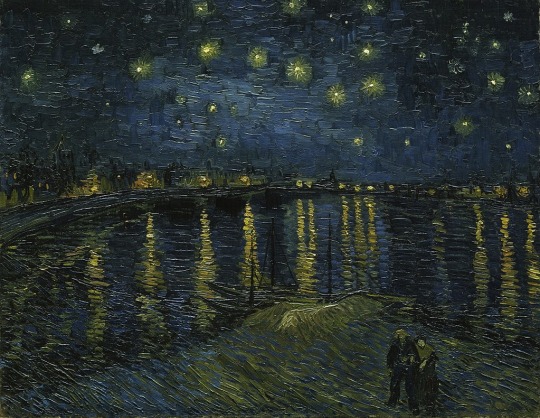

This is about survival. Like when I say that this is great art, I mean that you can tell that there is something that is so so so important here, and that important thing is something like look, existence is beautiful. I can wish that Van Gogh had a chance to live a much longer, happier life, and at the same time be...cognizant? grateful? that his work doesn’t communicate Today I will paint cypresses but instead Today the world is beautiful, and I will live in it, and I will show you.
I don’t know how I got on this topic or why I’m so emotional. I can’t even tell most of the people that have saved my life; they are long gone. Thank you. For showing me.
12K notes
·
View notes
Text
Journals, articles, books & texts, on folklore, mythology, occult, and related -to- general anthropology, history, archaeology.
Some good and/or interesting (or hokey) ‘examples’ included for most resources. tryin to organize & share stuff that was floating around onenote.
Journals (open access) – Folklore, Occult, etc
Culutural Analysis - folklore, popular culture, anthropology – The Mythical Ghoul in Arabic Culture
Folklore - folklore, anthropology, archaeology – The Making of a Bewitchment Narrative, Grecian Riddle Jokes
Incantatio - journal on charms, charmers, and charming – Verbal Charms from a 17th Century Manuscript
Oral Tradition – Jewish Folk Literature, Noises of Battle in Old English Poetry
Journal of Ethnology and Folkloristics – Nani Fairtyales about the Cruel Bride, Energy as the Mediator between Natural and Supernatural Realms
International Journal of Intangible Heritage
Studia Mythologica Slavica (many articles not English) – Dragon and Hero, Fertility Rites in the Raining Cave, The Grateful Wolf and Venetic Horses in Strabo’s Geography
Folklorica - Slavic & Eastern European folklore association – Ritual: The Role of Plant Characteristics in Slavic Folk Medicine, Animal Magic
Esoterica - The Journal of Esoteric Studies – The Curious Case of Hermetic Graffiti in Valladolid Cathedral
The Esoteric Quarterly
Mythological Studies Journal
Luvah - Journal of the Creative Imagination – A More Poetical Character Than Satan
Transpersonal Studies – Shamanic Cosmology as an Evolutionary Neurocognitive Epistemology, Dreamscapes
Beyond Borderlands – tumblr
Paranthropology
GOLEM - Journal of Religion and Monsters – The Religious Functions of Pokemon, Anti-Semitism and Vampires in British Popular Culture 1875-1914
Correspondences - Online Journal for the Academic Study of Western Esotericism – Kriegsmann’s Philological Quest for Ancient Wisdom
– History, Archaeology
Adoranten - pre-historic rock art
Chitrolekha - India art & design history – Gomira Dance Mask
Silk Road – Centaurs on the Silk Road: Hellenistic Textiles in Western China
Sino-Platonic - East Asian languages and civilizations – Discursive Weaving Women in Chinese and Greek Traditions
MELA Notes - Middle East Librarians Association
Didaskalia - Journal for Ancient Performance
Ancient Narrative - Greek, Roman, Jewish novelistic traditions – The Construction of the Real and the Ideal in the Ancient Novel
Akroterion - Greek, Roman – The Deer Hunter: A Portrait of Aeneas
Greek, Roman and Byzantine Studies – Erotic and Separation Spells, The Ancients’ One-Horned Ass
Roman Legal Tradition - medieval civil law – Between Slavery and Freedom
Phronimon - South African society for Greek Philosophy and the Humanities – Special Issue vol. 13 #2, Greek philosophy in dialogue with African+ philosophy
The Heroic Age - Early medieval Northwestern Europe – Icelandic Sword in the Stone
Peregrinations - Medieval Art and Architecture – Special Issue vol. 4 #1, Mappings
Tiresas - Medieval and Classical – Sexuality in the Natural and Demonic Magic of the Middle Ages
Essays in Medieval Studies – The Female Spell-caster in Middle English Romances, The Sweet Song of Satan
Hortulus - Medieval studies – Courtliness & the Deployment of Sodomy in 12th-Century Histories of Britain, Monsters & Monstrosities issue, Magic & Witchcraft issue
Annual of Medieval Studies at CEU
Medieval Archaeology – Divided and Galleried Hall-Houses, The Hall of the Knights Templar at Temple Balsall
Medieval Feminist Forum – multiculturalism issue; Gender, Skin Color and the Power of Place … Romance of Moriaen, Writing Novels About Medieval Women for Modern Readers, Amazons & Guerilleres
Quidditas - medieval and renaissance
Medieval Warfare
The Viking Society - ridiculous amount of articles from 1895-2011
Journals (limited free/sub/institution access)
Al-Masaq - Journal of the Medieval Mediterranean – Piracy as Statecraft: The Policies of Taifa of Denia, free issue
Mythical Creatures of Europe - article + map
Folklore - limited free access – Volume 122 #3, On the Ambiguity of Elves
Digital Philology - a journal of medieval cultures – Saracens & Race in Roman de la Rose Iconography
Pomegranate - International Journal for Pagan Studies
Transcultural Psychiatry
European Journal of English Studies – Myths East of Venice issue, Esotericism issue
Books, Texts, Images etc. – Folklore, Occult etc.
Magical Gem Database - Greek/Egyptian gems & talismans [x] [x]
Biblioteca Aracana - (mostly) Greek pagan history, rituals, poetry etc. – Greater Tool Consecration, The Yew-Demon
Curse Tablets from Roman Britain - [x]
The Gnostic Society Library – The Corpus Hermeticum, Hymn of the Robe of Glory
Grimoar - vast occult text library – Grimoires, Greek & Roman Necromancy, Queer Theology, Ancient Christian Magic
Internet Sacred Text Archive - religion, occult, folklore, etc. ancient texts
Verse and Transmutation - A Corpus of Middle English Alchemical Poetry
– History
The Internet Classics Archive - mainly Greco-Roman, some Persian & Chinese translated texts
Bodleian Oriental Manuscript Collection - [x] [x] [x]
Virtual Magic Bowl Archive - Jewish-Aramaic incantation bowl text and images [x] [x]
Vindolanda Tablets - images and translations of tablets from 1st & 2nd c. [x]
Corsair - online catalog of the Piedmont Morgan library (manuscripts) [x] [x]
Beinecke rare book & manuscripts – Wagstaff miscellany, al-Qur'ān–1813
LUNA - tonnes from Byzantine manuscripts to Arabic cartography
Maps on the web - Oxford Library [x] [x] [x]
Bodleian Library manuscripts - photographs of 11th-17th c. manuscripts – Treatises on Heraldry, The Worcester Fragments (polyphonic music), 12 c. misc medical and herbal texts
Early Manuscripts at Oxford U - very high quality photographs – (view through bottom left) Military texts by Athenaeus Mechanicus 16th c. [x] [x], MS Douce 195 Roman de la Rose [x] [x]
Trinity College digital manuscript library – Mathematica Medica, 15th c.
eTOME - primary sources about Celtic peoples
Websites, Blogs – Folklore, Occult etc.
Demonthings - Ancient Egyptian Demonology Project
Invocatio - (mostly) western esotericism
Heterodoxology - history, esotericism, science – Religion in the Age of Cyborgs
The Recipes Project - food, magic, science, medicine – The Medieval Invisible Man (invisibility recipes)
Morbid Anatomy - museum/library in Brooklyn
– History
Islamic Philosophy Online - tonnes of texts, articles, links, utilities, this belongs in every section; mostly English
Medicina Antiqua - Graeco-Roman medicine
History of the Ancient World - news and resources – The So-called Galatae, Gauls, Celts in Early Hellenistic Balkans; Maidens, Matrons Magicians: Women & Personal Ritual Power in Late Antique Egypt
Διοτίμα - Women & Gender in Antiquity
Bodleian Library Exhibitions Online – Khusraw & Shirin, Hebrew Manuscripts as a Meeting-Place of Cultures
Medievalists – folk studies, witchcraft, mythology, science tags
Atlas Obscura – Bats and Vampiric Lore of Pére Lachaise Cemetery
61K notes
·
View notes